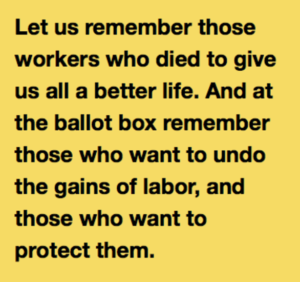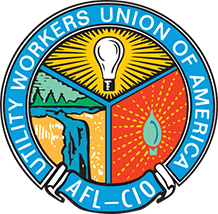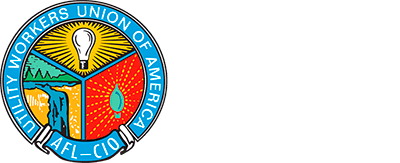Much time has passed since the early days of the labor movement. As such, we can tend to take for granted, not only the labor victories of long ago, but the bloody struggles that made those victories possible.
The earliest recorded strike occurred in 1768 when New York journeymen tailors protested a pending wage reduction. With wages already at a low point, the journeymen knew that any further reduction in wages would make it impossible to support a family. Not wanting to lose customers and skill in the clothes making business, the business owner was forced to give in to the strikers’  demands.
demands.
Unions created the middle class
That strike in 1768 was successful without any loss of life. But unfortunately, the years to come would prove to be deadly for trade unionists (patriots) fighting for fair pay and a safe workplace.
Here is a sampling of that violent and bloody history that improved wages and working conditions for American workers and created the great middle class.
•Along with being the city where the first recorded strike occurred, the first strike-related fatality also took place in New York City. Once again the dispute involved tailors. On August 8, 1850, two tailors were killed when police confronted 300 strikers.
•On May 4, 1886, a labor protest rally near Chicago’s Haymarket Square turned into a riot after someone threw a bomb at police. At least eleven people died as a result of the violence that day. Despite a lack of evidence against them, eight labor activists were convicted in connection with the bombing, seven were sentenced to death, four were hung, two had their sentences commuted to life in prison, one committed suicide in jail.
•The Homestead Strike, also known as the Homestead Steel Strike or Homestead Massacre, in Homestead, PA, was an industrial lockout and strike which began on June 30, 1892, culminating in a battle between strikers and private security agents on July 6, 1892 resulting in twelve fatalities.
•The Pullman Strike was a nationwide railroad strike on May 11, 1894. It pitted the American Railway Union against the Pullman Company and the main railroads. Thirty people were killed before it was all over.
•The Ludlow Massacre was an attack by the Colorado National Guard and Colorado Fuel & Iron Company camp guards on a tent colony of 1,200 striking coal miners and their families at Ludlow, CO, on April 20, 1914. Two dozen people, including miners’ wives and children, were killed.
•Miners went on strike against the Stone Mountain Coal Corporation in Matewan, WV to gain recognition of the United Mine Workers. On
May 19, 1920, agents of the company and 13 of the mining company’s managers arrived to evict miners and their families from the mining camp. Chief of Police Sid Hatfield tried to arrest the detectives for illegally evicting miners and carrying weapons. A gun battle resulted in the deaths of 7 private agents, 2 miners, and Mayor Cabel Testerman.
We must never forget
This is just a sampling of the lives lost in the struggle for a decent life for working men and women in the United States.
The United States has had the bloodiest and most violent labor history of any industrialized nation in the world. Workers Memorial Day is April 28. It is a day to remember workers killed on the job. This year and every year, let us also remember those workers who died to give us all a better life. And at the ballot box remember those who want to undo the gains of labor and those who want to protect them.

